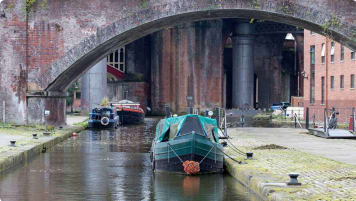Yorkshire, England in the 17th-19th Centuries; the Industrial Revolution
Article to support escorted small group tours to Northern England for senior couples and mature solo travellers. Learn and explore not only about Yorkshire and walking the Wainwright, but Durham Newcastle, the romantics of the Lake district or the inspiration for English literature.
30 Dec 20 · 11 mins read
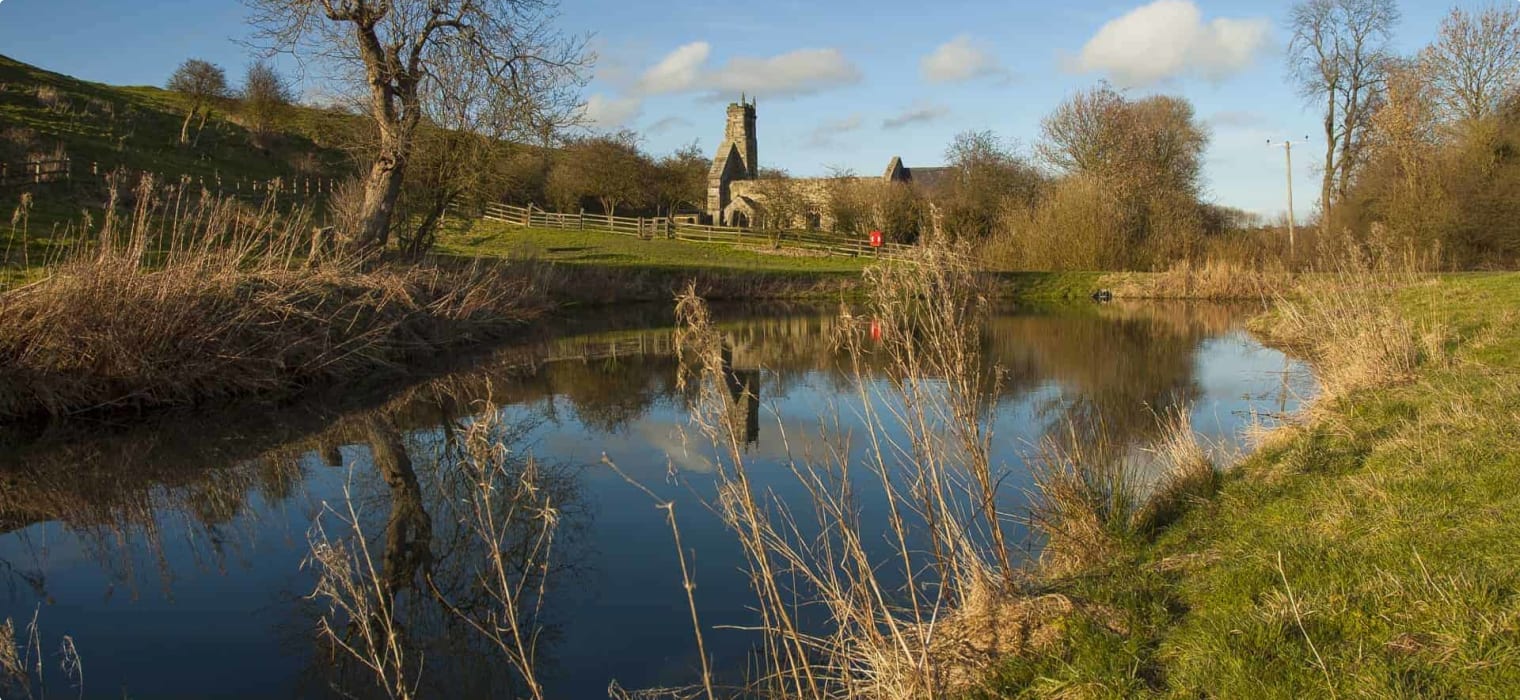
Yorkshire, England in the 17th-19th Centuries: Expansion, Opposition, and the Industrial Revolution
Yorkshire in Northern England is the United Kingdom’s largest historical county. Within it are the famous idyllic countrysides of the North York Moors and Yorkshire Wolds, the county sandwiched between the Pennines and the North Sea and bordered by the historic counties of Durham (north), Westmorland (northwest), Lancashire (west), Cheshire and Derbyshire (southwest), and Nottinghamshire and Lincolshire (southeast). In this article, we will focus on the more recent part of Yorkshire’s long history, covering the 17th to 19th century and the effects of the Industrial Revolution to create a new Yorkshire town based on the market town of old as population moved from the Yorkshire moors to the towns for employment.
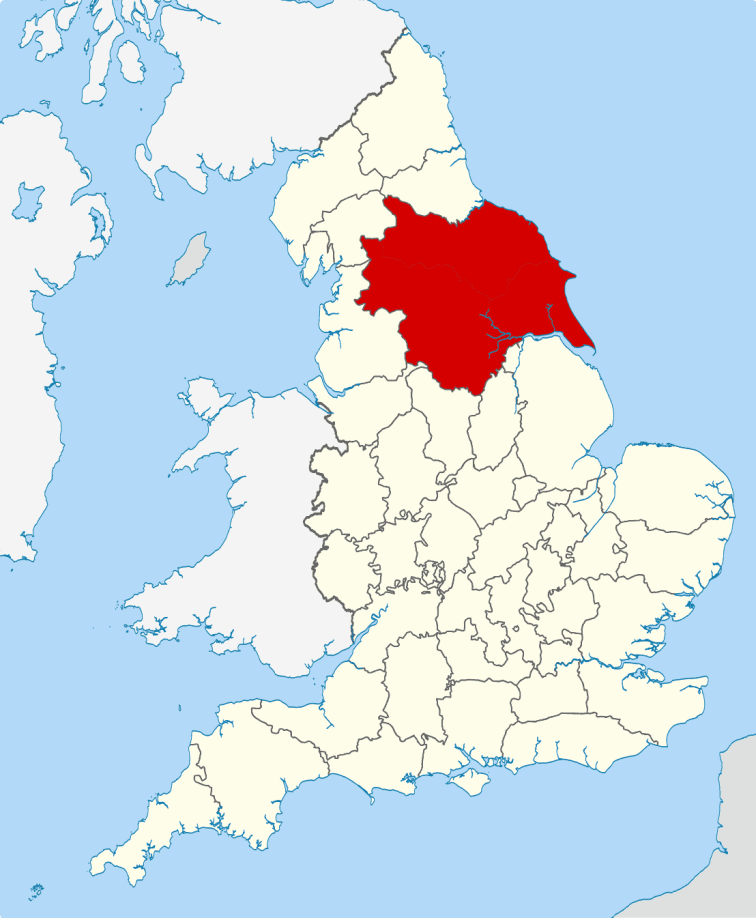
This article is based on Ingrid Barton’s The Little History of Yorkshire (The History Press, 2018) and other resources linked throughout the piece.
This is written as a backgrounder for our small group tours. Our Wainwright Walking Trail tour for the active senior has been especially designed for those with the stamina to follow the Wainwright Walking Trail but also allows for those interested but are unsure of their ability to cover the whole distance to walk as much or as little as suits their individual interests and ability. We begin our adventure in Carlisle and finish in York, crossing the country from the west coast to the Yorkshire coast on the east, along a path devised by Alfred Wainwright, early 20th century English fell-walker, guide book writer, illustrator and cartographer.
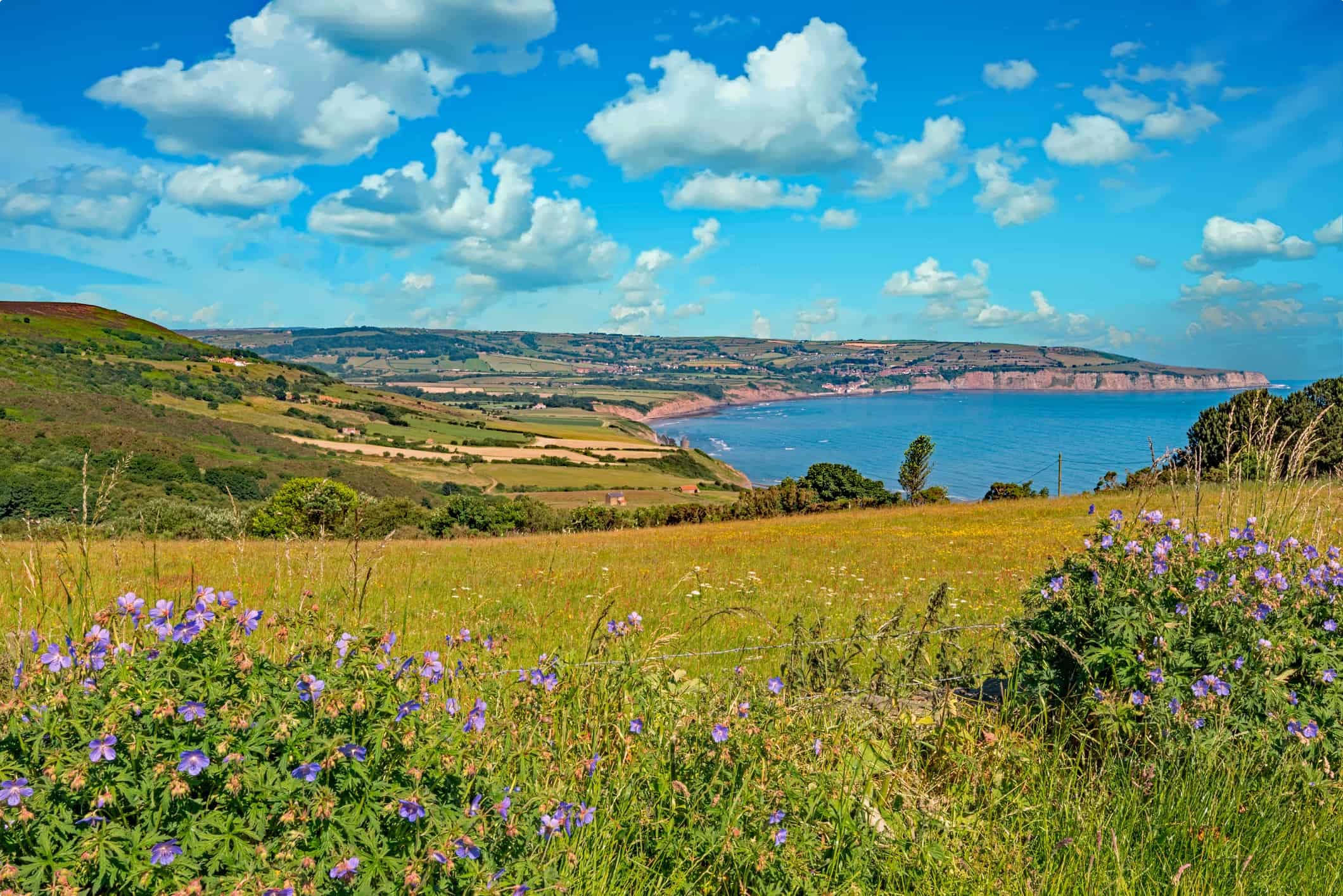
On our walk, which deviates a little from Wainwright’s original trail and takes us through three national parks, the Lake District National Park, the Yorkshire Dales National Park and the North York Moors National Park, English history is ever present and makes for a truly fascinating and memorable walk.
The program Queen Victoria’s Great Britain runs for 21 days and visits 23 contributing locations that provide participants with an understanding of Queen Victoria’s reign and the Industrial Revolution and also spends time in Yorkshire England in some of the key cities in this historic county. Our trip visits some 30+ places and includes talks and short lectures from knowledgeable guides. We will look at the important developments in technology, science, medicine, politics, social life, art and architecture, with an examination of Gothic Revival and the iconic Arts and Crafts movement, including works by Charles Rennie Mackintosh. On this tour, we travel to the Lake District via the Yorkshire Dales.
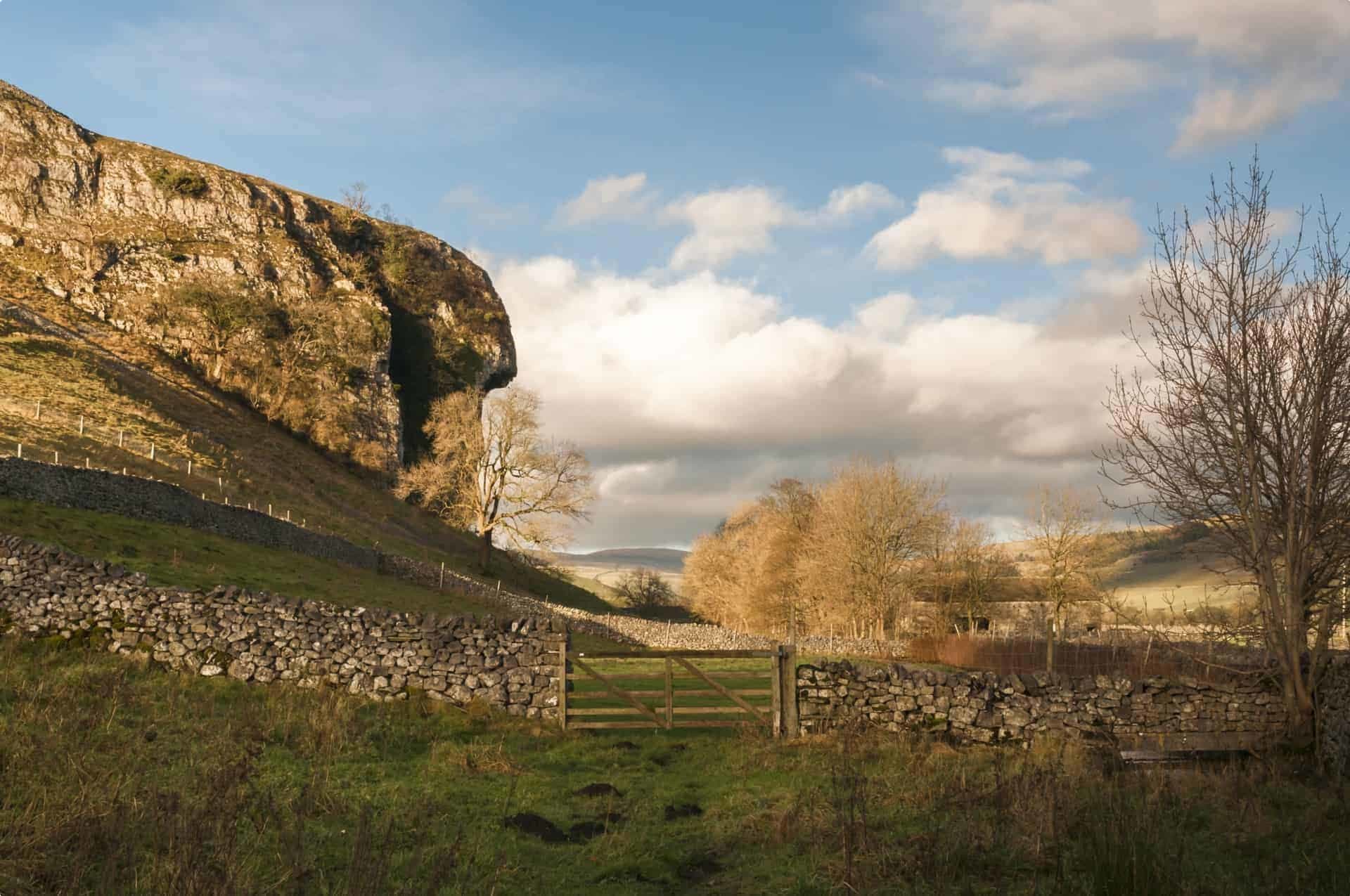
Just click through this link to see the collection of tours of England that you may join.
Yorkshire in the Middle Ages
History in Yorkshire England goes back before the Romans but we start here in the middle ages The term “Shire”, deriving from Old English, is an administrative term introduced to England by the Normans after the Norman Conquest of 1066. Another term deriving from Old English is “ridings” meaning “a third part” or “thirds”, and Yorkshire was historically divided into three: North Riding, East Riding, and West Riding, with the ridings converging on the historic city of York.
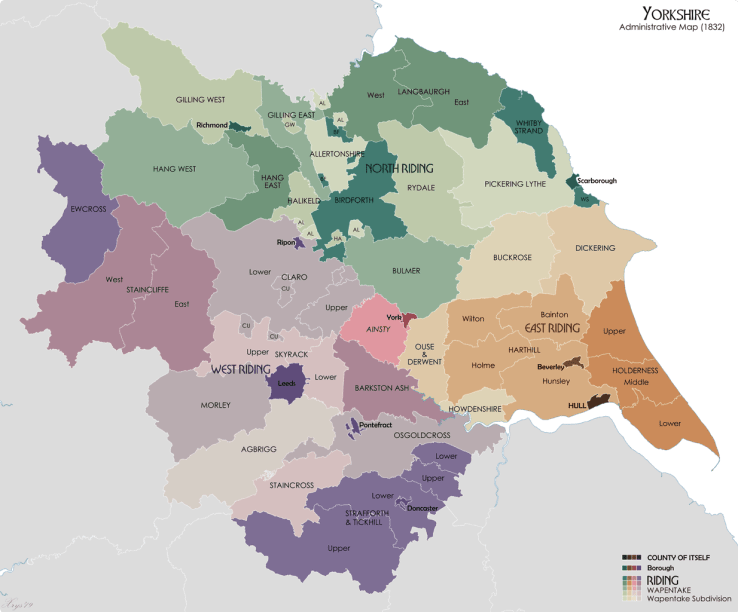
Yorkshire’s emblem is the white rose of the House of York, which fought the House of Lancaster in the historic War of the Roses. The dynastic war, which lasted 30 years, is named after the badges of the opposing houses: white rose for York, and red rose for Lancaster.
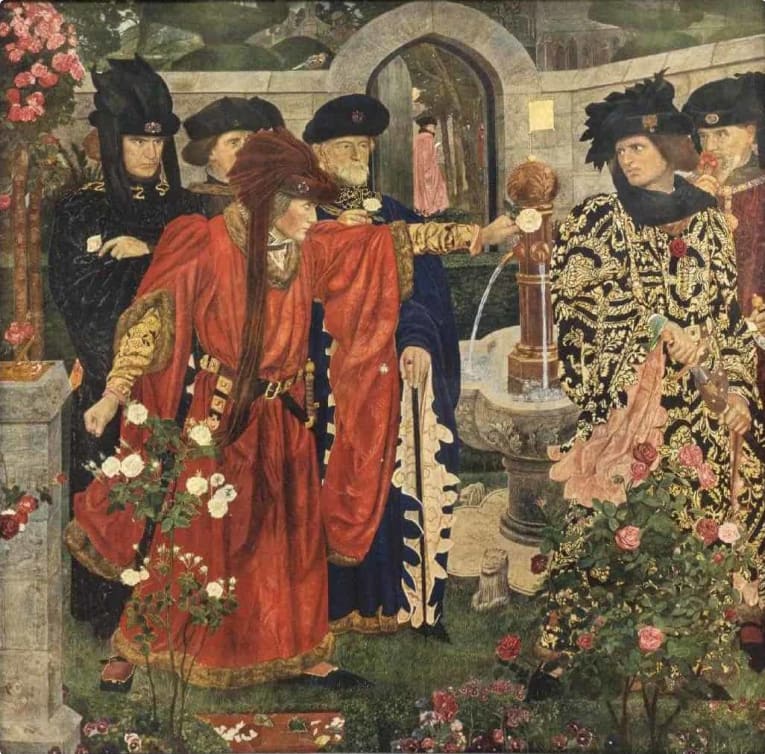
Two of the most important battles of the 30-year war happened in Yorkshire: the Battle of Wakefield (1460), where Richard, 3rd Duke of York, was killed, and the Battle of Towton (1461), where the Lancaster forces were defeated by the Yorkists. Henry Tudor of the House of Lancaster (later Henry VII) united the warring houses by defeating Richard III at the Battle of Bosworth in 1485, and marrying Elizabeth of York the following year. (Read more in our previous article.)
The English Civil Wars
One of the crucial battles of the English Civil Wars, which (among many factors) arose when Charles I decided not to convene Parliament and instead imposed “personal rule”, was fought in Yorkshire in 1644. In the Battle of Marston Moor, the Parliamentarians (supporters of Parliament) defeated the Royalists (supporters of Charles I), leading to the Royalist retreat from Northern England.
The civil wars ended with Parliamentarian victory and the trial and execution of Charles I in 1651. This was followed by peace and the migration of people from the countryside to the towns. According to Ingrid Barton in her book The Little History of Yorkshire (The History Press, 2018), while identity “was bound up with locality…Being a Yorkshire man or woman didn’t mean a lot yet” (p. 138). However, there was growing artistic and scientific interest in Yorkshire. Economic opportunities led to the growth in population in West Riding, becoming the home of half of the entire population of Yorkshire by 1672 (p. 139).
Yorkshire Industries
After the Black Death ravaged England and killed off a third of Yorkshire’s population in the 14th century, much of Yorkshire’s land was converted to sheep pasture to produce wool. As we’ve written before, wool was England’s major source of wealth until the 18th century and was produced by a literal “cottage industry”: a network of locals working from their homes to supplement their earnings from farming. This was how goods were produced before the advent of factories: food, clothes, furniture, and other necessities were made at home or by skilled artisans in small-scale production.
These handwoven textiles used to be sold outdoors, but to protect merchants and artisans from the elements, Halifax unveiled the Piece Hall in 1779, now considered Yorkshire’s most important secular building. It was named after a “piece“, which was the term used to describe “a 30 yard length of woven woollen fabric produced on a handloom”, and was built in the Georgian style of architecture. You can read more about the Georgian style of architecture in our article here. Trade inside the Piece Hall took place only for two hours each week, between 10 am and 12 noon on Saturdays.

Other towns in Yorkshire followed suit, and brought trading indoors. Leeds, also in West Yorkshire, experienced growth as well during this period, thanks to Parliament bills passed making it easier to reach Leeds via the Aire and Calder rivers (Barton, 2018, p. 140). The discovery of sulphur in the 17th century turned Scarborough in North Yorkshire and Harrogate into a spa town, even rivalling Bath (p. 143).
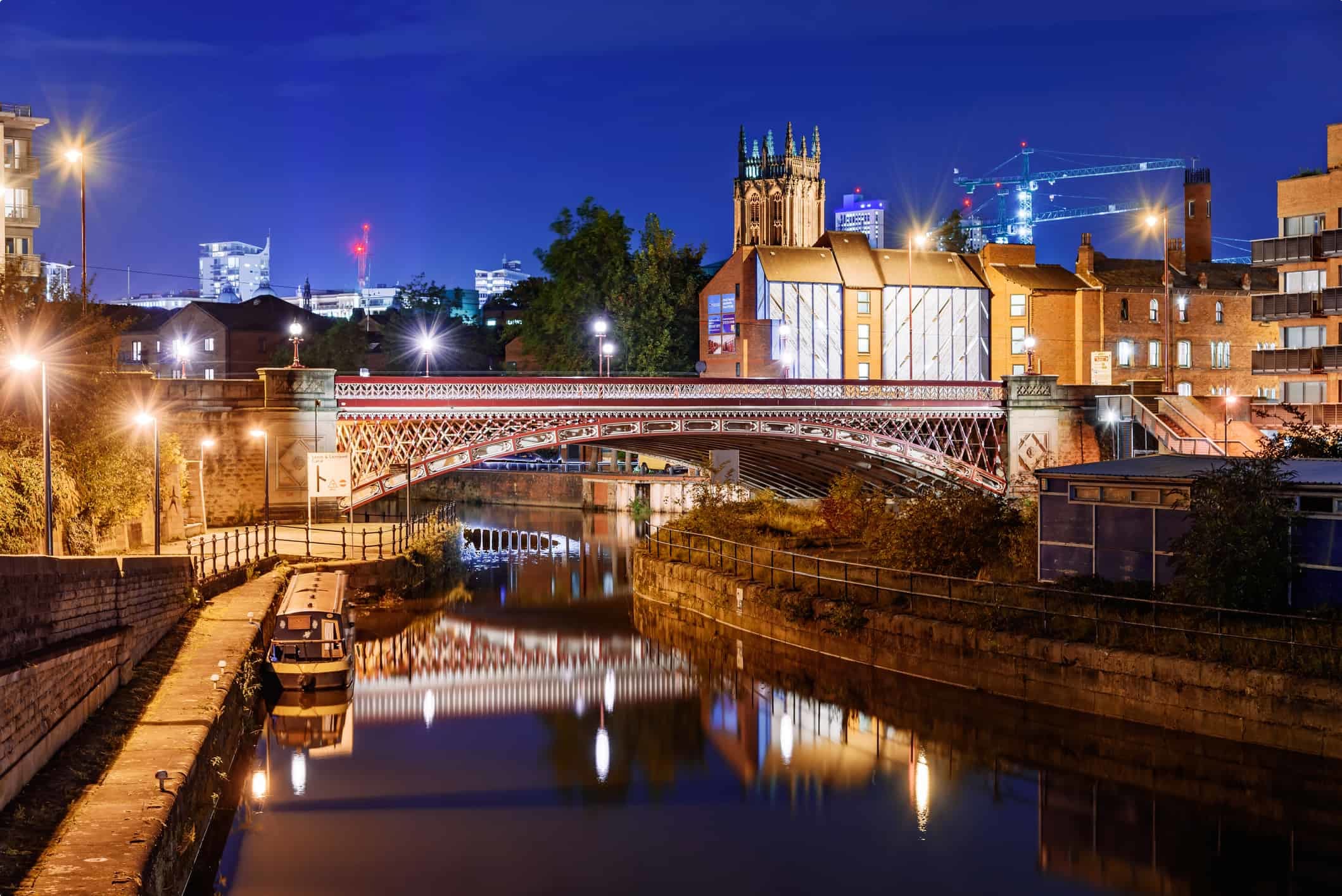
Sheffield in South Yorkshire grew rich from the cutlery industry, as fork became fashionable (p. 140). It may be hard for us now to think of the fork as a “new” object, but it was indeed, as Sara Goldsmith on Slate says, “a latecomer to the table“. In ancient times, we only had the knife, the spoon, and our hands; a fork-like tool began to be used first by the Persians, then the Byzantines. The fork didn’t have a good reputation at first–a Byzantine-born Venetian princess was even criticised by the hermit and ascetic St Peter Damian for using a fork and being excessively delicate. When the fork travelled from Italy to France via Catherine de’ Medici and eventually came to the British Isles, it was initially seen as nothing but a “foreign fad” (p. 140) by British people. But this foreign fad took on, and Sheffield must have been thankful for it. The Sheffield Town Hall has a publicly displayed collection of silverware.
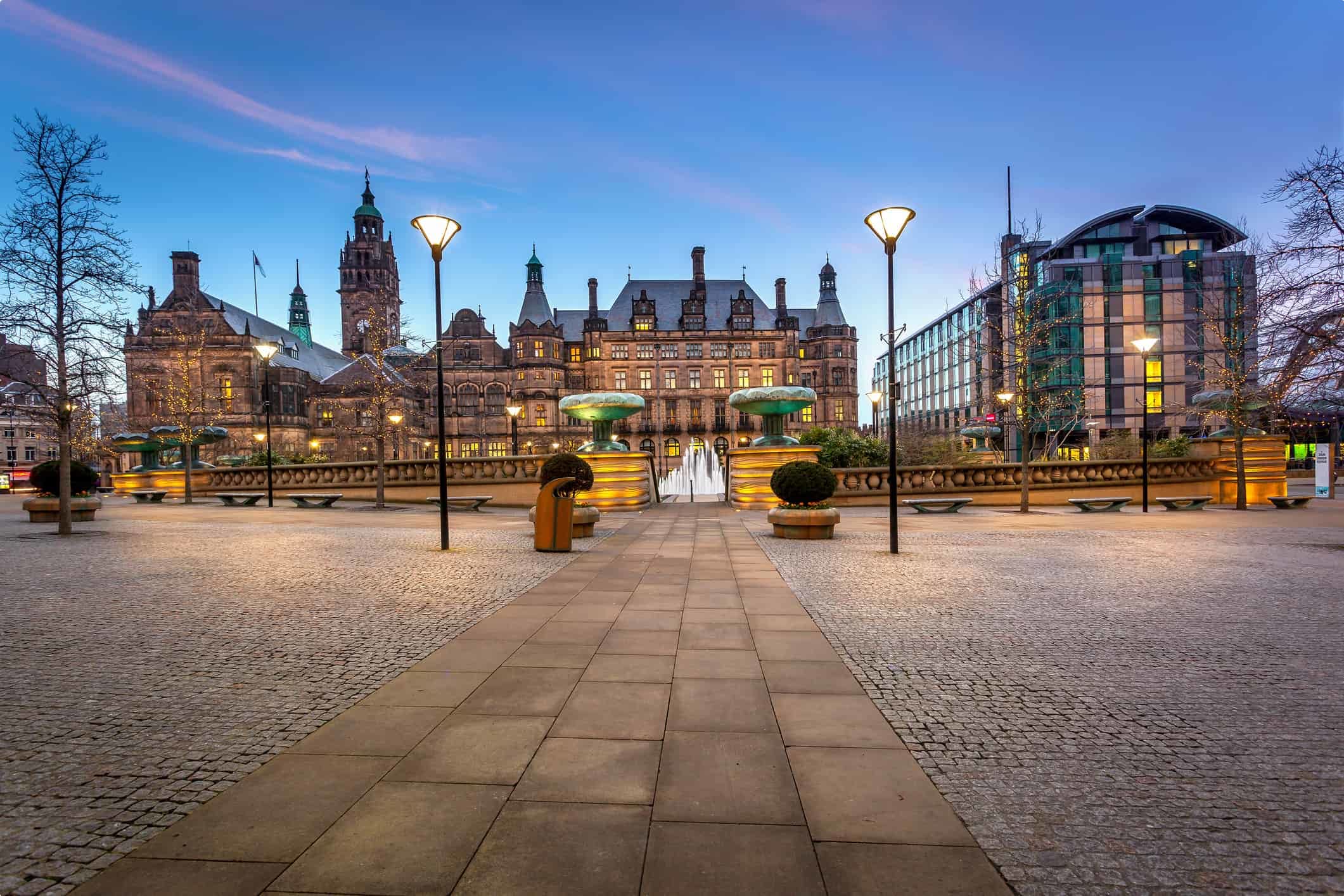
Developments
With all of these developments, the volume of traffic increased on the Yorkshire roads. Before the English Civil Wars, parishes maintained their own roads, but the increase in traffic made this difficult. Private trusts were then set up to look after the highways that were seeing increased traffic (p 145).
Clay was plentiful in Yorkshire, and by the mid-18th century, brick (made from clay) replaced timber as building material for homes. Two great houses emerged in Yorkshire during this period: Wentworth Woodhouse and Wentworth Castle. Standing only six miles apart in Stainborough, South Yorkshire, the two houses were in a way built by “political and family rivalry” (p. 149).
Wentworth Woodhouse is believed to be Britain’s largest stately home; with 365 rooms spanning 87 acres, it is nearly twice the size of Buckingham Palace, the London residence of the British monarch. It was once the home of Thomas Wentworth, the 1st Earl of Strafford. The childless 2nd Earl of Strafford passed the home and his fortunes to his wife’s nephew, Thomas Watson-Wentworth, a Whig member of Parliament (later 1st Marquess of Rockingham), in 1725.

This infuriated his cousin Thomas Wentworth, Baron Raby (later 1st Earl of Strafford, 2nd creation), who was not only opposed to Thomas Watson-Wentworth’s politics–Baron Raby was a Tory–but who also believed Wentworth Woodhouse was his birthright. In retaliation, Baron Raby purchased nearby Stainborough Castle and renamed it Wentworth Castle in 1731.
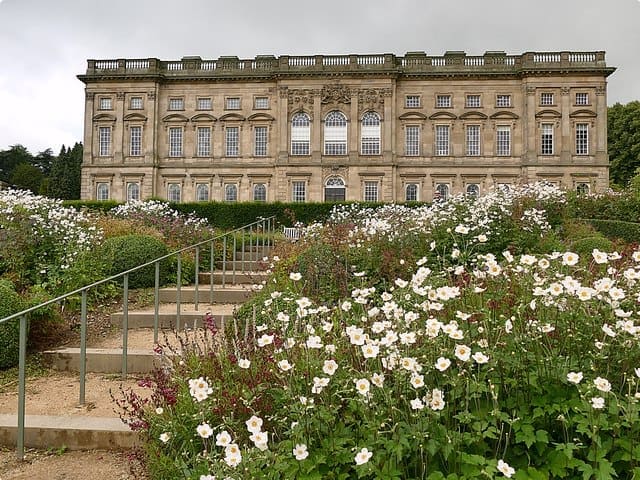
Both properties have gone through modern renovations and can be visited by the public.
Coal was still a small-scale industry in Yorkshire due to the cost of transport, but of course this would soon change.
Industrial Revolution
The Georgian period ended and Queen Victoria ascended the throne. Years before her coronation, the Thirteen Colonies, later the United States of America, declared themselves independent from British rule in 1776 and became a formidable economic rival.
Cotton, a hard-wearing fabric made from raw materials imported from the United States, grew in popularity. The increasing demand for the fabric inspired English inventors to find ways to speed up the labour- and time-intensive process of cleaning and spinning raw cotton into cotton thread. We’ve outlined these developments in a previous article: the spinning jenny and the power loom. These machines demanded more space than a single household could ever provide. “Manufactories” (later, “factories”) were built to house the contraptions and the workers who would oversee them. Innovations in steam technology also marked the shift from the old power sources of waterwheels, windmills, and horsepower to coal-powered steam engines. The steam engines also provided power to the factories and brought innovations to transportation.
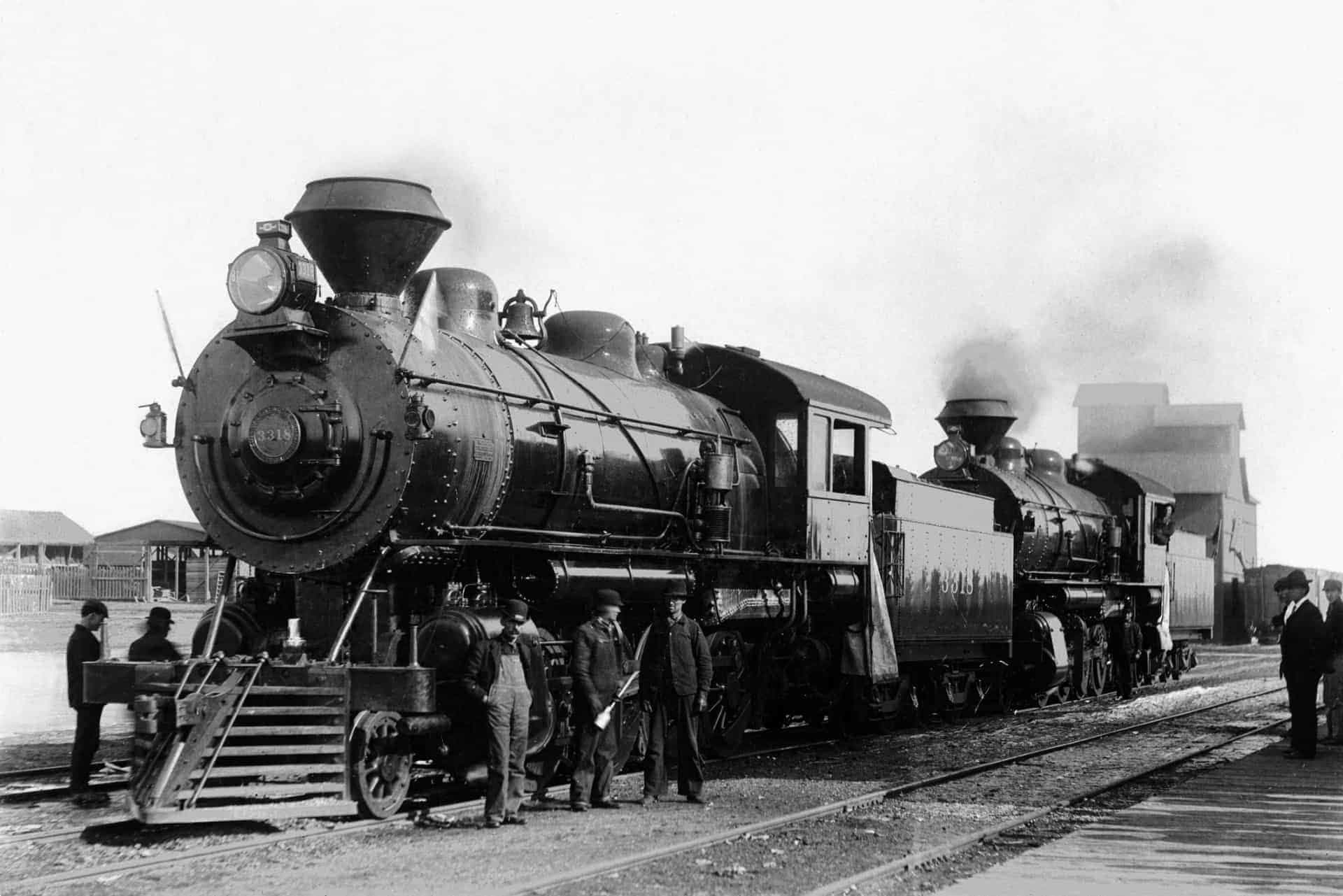
Factories rose in Yorkshire, and weavers became full-time employees. Factory work, despite the conditions, attracted workers to Yorkshire from all over England, and by the 19th century the West Riding textile industry was the most prosperous in Europe (p. 157). Sheffield pivoted from cutlery to steel production, and it supplied 90 percent of Britain’s steel (p. 159).The railways and the new steam train were initially opened to carry coal, but in 1825 Yorkshire saw its first public-carrying railway (p. 161), making it possible to travel from York to London in a matter of hours instead of days.
Yorkshire-born George Hudson used a sizeable inheritance he received from a great-uncle to invest in railways; he was later dubbed the “Railway King”. The York and North Midland Railway company, of which Hudson was the first chairman, was formed in 1836, turning York into a railway hub (p. 161).
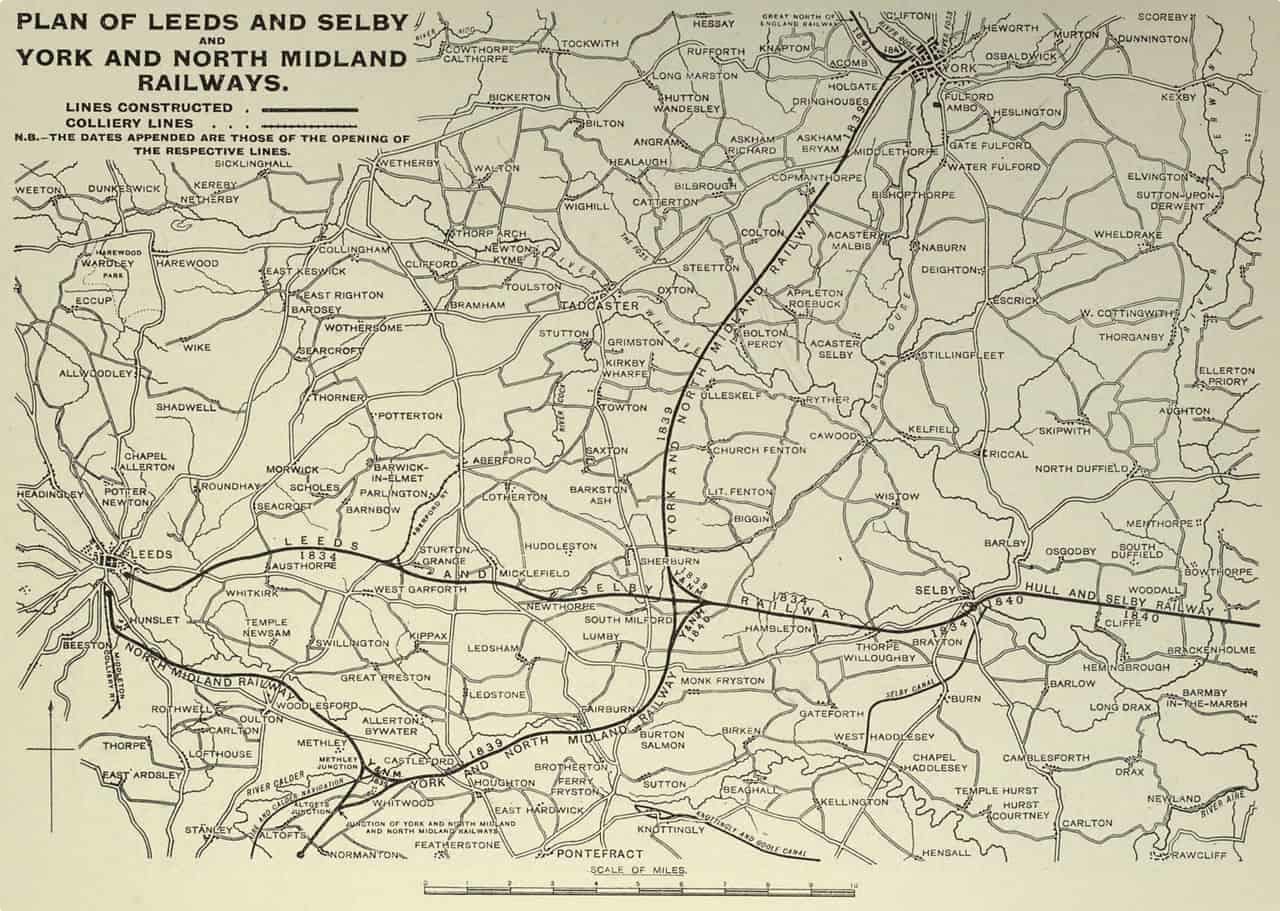
Coal mining became an attractive investment, and the coalfield in Yorkshire stretched from Halifax to Doncaster (p. 162).
Machine manufacturing and the mass production of goods led to an increased supply and a decline in cost, allowing more people to buy more items that enhanced their quality of life. “Common” people–or those who did not belong to the aristocracy–were able to save money and build personal wealth. However, the age of machines also put more emphasis on efficiency and profit than on the safety of human beings. Child labour was rampant. The mass migration of people from the pretty village of the countryside to the Yorkshire town areas resulted in overcrowded housing, pollution, and unsanitary, disease-ridden living conditions in the 19th century.
“Northern Toughness”: Opposition in Yorkshire
Barton talks about “northern toughness” in Yorkshire, and it was certainly on display during the Industrial Revolution.
In 1812, a group of cloth workers sworn to a secret society known as the “Luddites”, named after the mythical king Ludd, destroyed the machines and burned down the factories that they feared were replacing their livelihoods (p. 165). The violent attacks included the murder of a mill owner, William Horsfal. Seventeen Luddites were hanged at York in 1813, and seven were sent to the penal colony in Australia (p. 165). (We still use “Luddite” as a derogatory term for a person who is opposed to technology.)
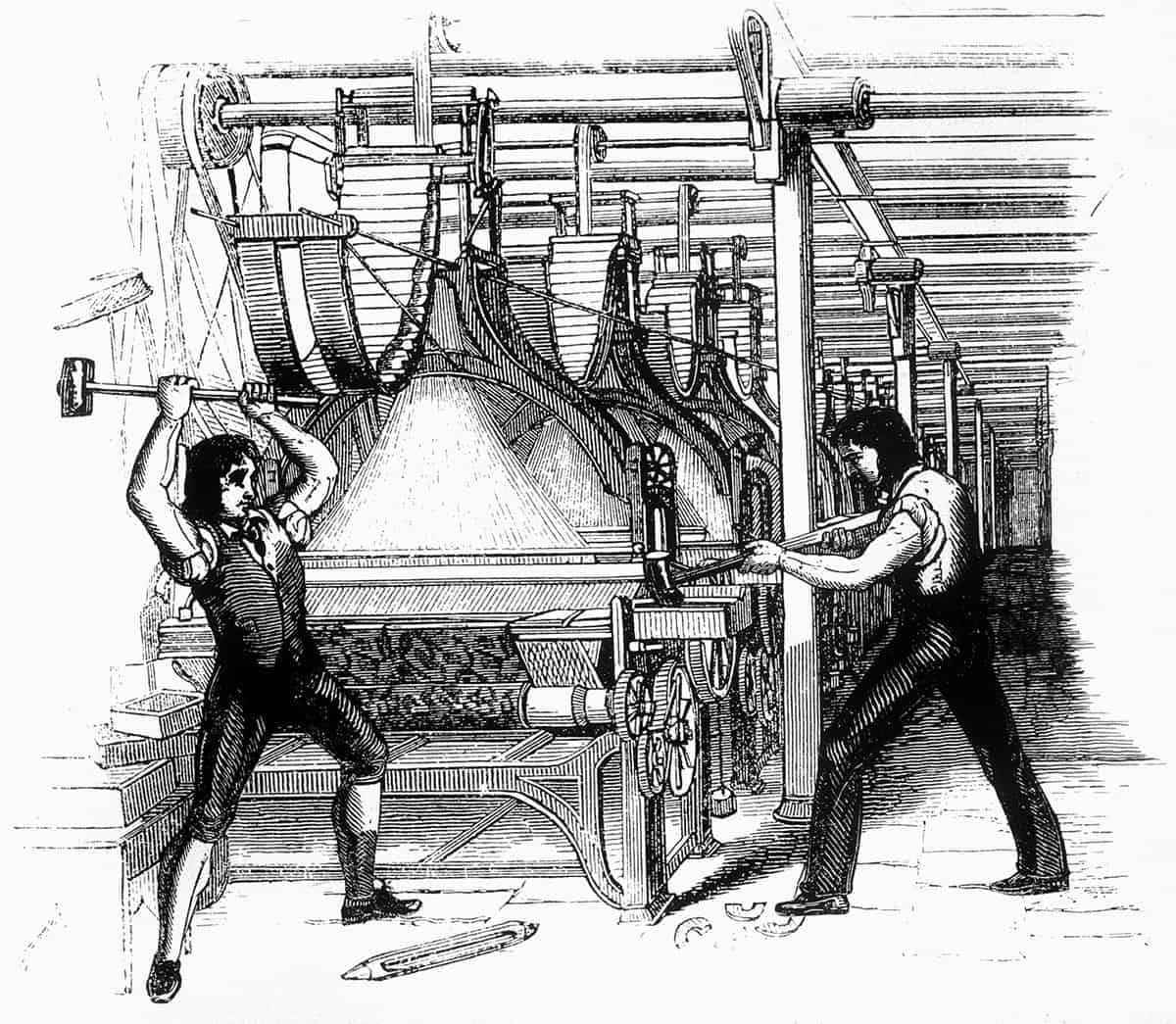
A Miners’ Association was formed in 1843 to demand better wages and better working conditions. The strikes halted work in the coalfields of West Riding. Coalfield owners evicted strikers from their rented properties, but the struggle did not stop until Parliament Acts were passed that improved working conditions.
Indeed, during this period, wages in Yorkshire were higher compared to London or other counties in the south, even for farm labourers (p. 169). West Riding opposed the Poor Law Amendment Act of 1834, in which poor but able-bodied citizens were not given financial assistance but forced to work in workhouses “where the regime was deliberately harsh and often cruel“. While other counties followed Parliament, Yorkshire objectors refused, saying the county had no existing workhouses, and to build them just to follow the Act would be expensive and pointless (p. 169).
The Yorkshire Unions also formed the roots of the Labour Party, which was founded in 1900 (p. 177). The Liberal government with Labour supporters passed revolutionary Acts including “old-age pensions and unemployment insurance” and the Parliament Act of 1911, which “removed the law-making veto of the House of Lords” (p. 178).
Dora Thewlis, a 16-year-old weaver from Huddersfield, West Yorkshire, was an active member of the local branch of the Women’s Social and Political Union, which supported the Suffragette cause (p. 186). A photo of her arrest made it to the front page of the national newspaper, Daily Mirror, and became an iconic image of the women’s fight for suffrage in England.
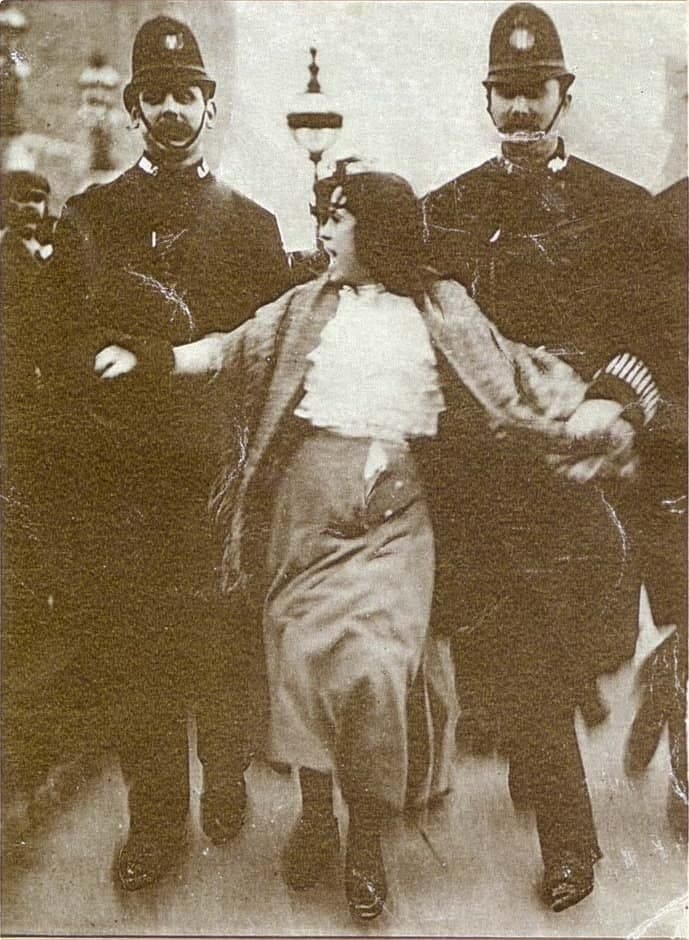
Thewlis moved to Australia before she could witness the passage of women’s suffrage in England. The women’s right to vote was granted to women over 30 in 1918, and women over 21 in 1928.
Rural Yorkshire
Rural Yorkshire, despite the upheavals in the towns, maintained its traditional way of life. These villages and of course the market town were largely self-sufficient, with thriving local and family businesses continuing to raise sheep for wool and produce Wensleydale cheese. You may be familiar with rural Yorkshire‘s depictions in Emily Brontë’s of the Bronte sisters Wuthering Heights (1847) and Charles Dickens Nicholas Nickleby (1838).
Another feature shown in these novels was the Yorkshire dialect. The Yorkshire Dialect Society was established in 1897 and is the world’s oldest surviving dialect society.
According to the Society, what people think of as the “Yorkshire” dialect, as depicted in British TV and radio programs (such as Downton Abbey), is the West Riding (West Yorkshire and South Yorkshire) dialect, while
“the traditional speech of the old North and East Ridings (North Yorkshire and Humberside / East Yorkshire) is quite different and has a much stronger Scandinavian influence…The main differences between the two areas relate to the pronunciation of certain verbs. School, for example, is traditionally pronounced skoo-il or skoil to the south and west, and skeel or skale to the north and east.”
You can read more on the Society’s website here. A new Yorkshire dialect dictionary with more than 4,000 words was also published in early 2019.
If this article piqued your interest, find out more in Ingrid Barton’s The Little History of Yorkshire (The History Press, 2018). You may also read our article Exploring York, which is focused on the historical city, and the following:
The following links to our previous articles may also be of interest:
- Georgian Style of Architecture
- Britain: First Industrial Nation
- Life in the Medieval British Village
- Traveller’s Guide in Medieval England
- How to prepare for a walking holiday
- Touring England’s Villages
Don’t forget that we also have a number of tours of England that you may join!
Related Tours
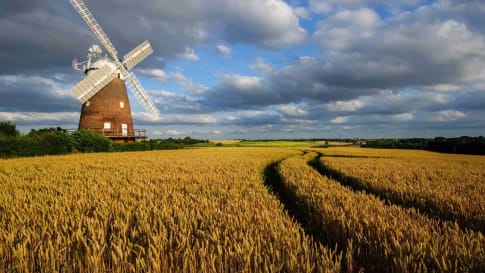
23 days
AprAgrarian and Industrial Britain | Small Group Tour for Mature Travellers
Visiting England, Wales
A small group tour of England that will explore the history of Agrarian and Industrial period. An escorted tour with a tour director and knowledgeable local guides take you on a 22 day trip to key places such as London, Bristol, Oxford & York, where the history was made.
From A$17,275 AUD
View Tour
22 days
Apr, May, SepAnglo French Tour | Normandy, Brittany, Channel Islands tour
Visiting Channel Islands, England
Our 21 night program has daily itineraries with plenty of authentic experiences provided by passionate local guides in the key destinations in France, Channel Islands and England for this small group of like minded people. For Solo travellers minimal single supplement applies for this European tour.
From A$18,995 AUD
View Tour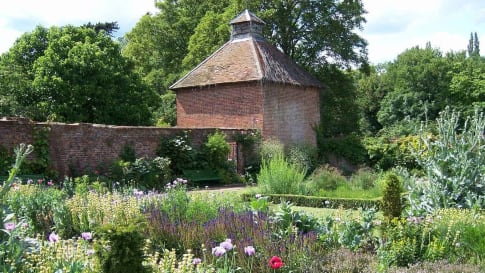
16 days
JunBritish Gardens Small Group Tour including Chatsworth RHS show
Visiting England, Scotland
From A$16,895 AUD
View Tour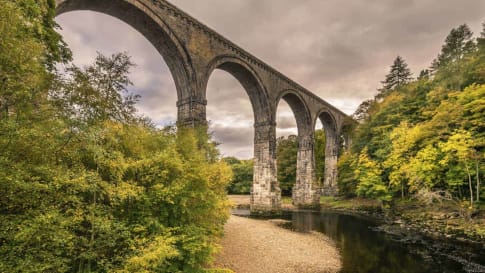
23 days
Oct, Apr, SepCanals and Railways in the Industrial Revolution Tour | Tours for Seniors in Britain
Visiting England, Scotland
A small group tour of Wales, Scotland & England that traces the history of the journey that is the Industrial revolution. Knowledgeable local guides and your tour leader share their history with you on this escorted tour including Glasgow, London, New Lanark & Manchester, Liverpool and the Lake district.
From A$18,750 AUD
View Tour
17 days
Sep, AprDevon and Cornwall, England
Visiting England
Our guided small group tour of Devon and Cornwall in England, designed for mature and senior travellers who are travelling with their partner or as a solo traveller. A journey filled with medieval treasures, charming fishing villages in the north Cornish coast, stunning cliff-top coastal views of the blue Atlantic, and atmospheric destinations traditionally linked to the legends of King Arthur.
From A$16,795 AUD
View Tour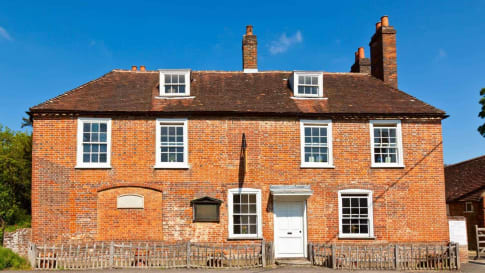
22 days
AugDiscovering the art and literature of England: Jane Austen, Shakespeare, and more
Visiting England
Stratford upon Avon, Shakespeares birthplace and Anne Hathaway's cottage as well as the Lake district a UNESCO World site and Dicken's London are part of guided tour for a small group tour of like minded people learning about the art and literature of England. Your tour leader and local guides share day tour itineraries to create a unique travel experience.
From A$18,650 AUD
View Tour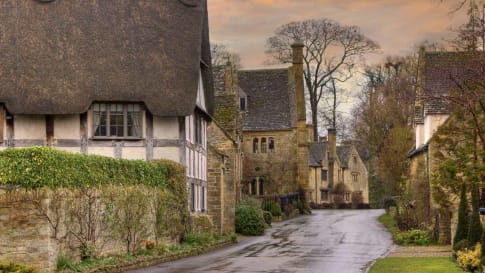
19 days
Jun, SepEngland’s villages small group history tours for mature travellers
Visiting England
Guided tour of the villages of England. The tour leader manages local guides to share their knowledge to give an authentic experience across England. This trip includes the UNESCO World heritage site of Avebury as well as villages in Cornwall, Devon, Dartmoor the border of Wales and the Cotswolds.
From A$16,995 AUD
View TourRelated Articles
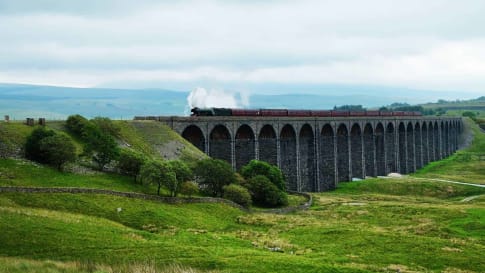
15 books on Britain's Industrial Revolution
Fifteen books on Britain’s Industrial revolution This reading list on Britain’s Industrial revolution complements Odyssey Travellers escorted small group tour that traces via the canal and railway network, the evolution of this monumental change in…
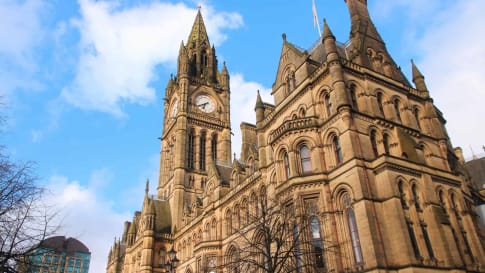
Bees in Manchester: a surprising symbol of the Industrial Revolution
Bees in Manchester: a surprising symbol of the Industrial Revolution The bee is an intriguing symbol for the city of Manchester. The city’s damp climate provided the ideal conditions for milling cotton. But this is…
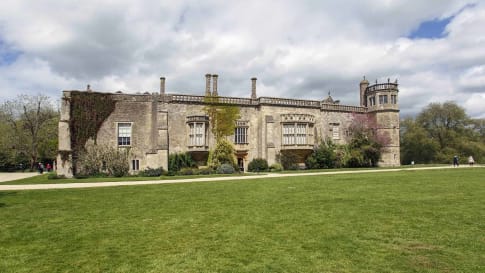
Britain’s National Trust role for successful small group history tours
Britain’s National Trust: Historic houses, gardens and natural wonders Britain is home to many attractions, many of them rich in the region’s history. Sites and artefacts are preserved beautifully, and kept safe from future development.…
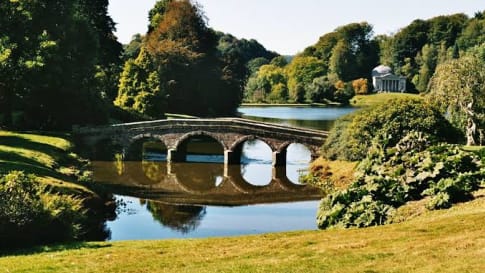
Capability Brown: The English Garden Genius
Article for senior couples and mature solo travellers interested in gardens and design in England and Europe with small group tours of interest.. Brown is regarded as a genius.

Cleveland Way, England
This walking path along the English east coast links up the Wainwright Walking trail that has crossed from West to East, through the Lake district, the Yorkshire dales and the North York Moors. For the active walker be they men or women this is a great historical walk through the British landscape. You may wish to join an Odyssey small group walking tour to enjoy this experience with like minded people.
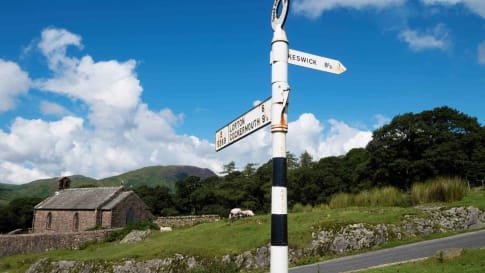
Discover the Lake District England
Article supporting senior couples and solo travellers with articles of interest about England, the romantics of the lake district. As well as tours and walks in the Lakes.

Exploring Jane Austen’s England
Exploring Jane Austen’s England Jane Austen The reach and magnitude of Jane Austen’s influence on modern readers may make one forget that she only had six novels to her name (three of which were published…
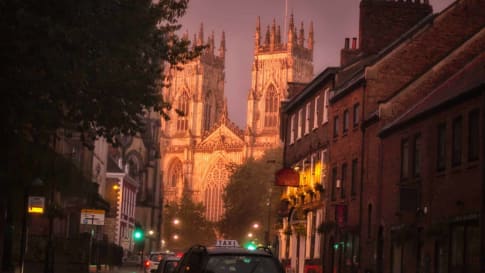
Exploring York
Article about York, England. Explored on a small group educational tour for senior couples and mature singles curious about history from the Romans, the Vikings and the industrial revolution. Including the famous York Minster a great cathedral!

Exploring Newcastle upon Tyne: The Definitive guide for Travellers
Newcastle upon Tyne is discussed in this article for senior couples and mature solo travellers on an educational small group tour. Learn about this English city and the Romans, Vikings, Middle ages and Victoria and the Industrial revolution.

Industrial Revolution. Britain's contribution to the world
Britain and the industrial revolution. A progressive period that spanned Queen Victoria's period. Small group package tours for mature and senior travellers explore this fascinating period of history across England and Scotland and key cities such as Manchester, Liverpool, Newcastle and Glasgow.
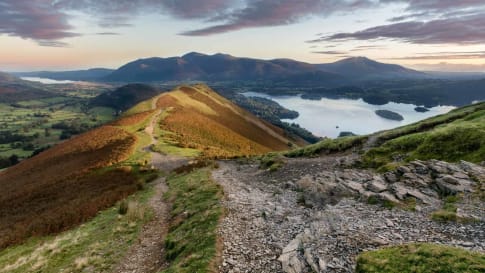
Walking the Wainwright Walking Trail
small group educational tours for senior couples and mature solo travellers. This article supports the Wainwright walk from West to East of England through the Lake district for the older walker.


